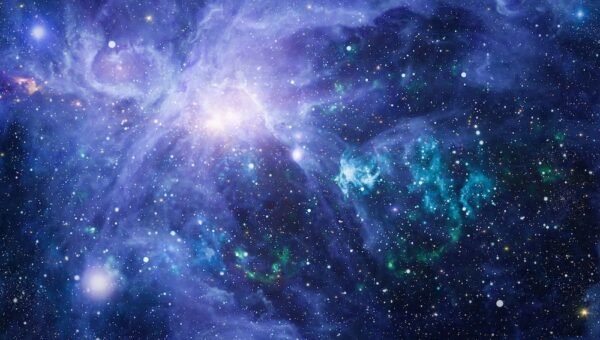How Many Stars in the Universe? How Many Sun in the Universe?


The estimated number of stars in the observable universe is around 200 billion trillion (or 2 × 10²³).
This estimate comes from multiplying the number of stars in an average galaxy (~100 billion to 400 billion) by the estimated number of galaxies in the observable universe (~2 trillion).
However, the entire universe could be much larger than what we can observe, meaning there could be vastly more stars beyond our reach.
It’s incredibly difficult to give an exact number of stars in the universe, but astronomers have made estimations. Here’s a breakdown of what they’ve concluded:
The vastness of the universe:
The universe is incredibly vast, and we can only observe a portion of it (the “observable universe”).
Stars are grouped into galaxies, and there are billions of galaxies.
Estimating the number:
Astronomers estimate that there are roughly 200 billion trillion stars in the observable universe.
This number can also be expressed as 200 sextillion.
Another way to look at it is that there are estimations that range from 10^22 to 10^24 stars.
Factors affecting the count:
The number of galaxies and the average number of stars per galaxy are estimations.
New telescopes and observations constantly refine these estimates.
Dark matter and other factors also make it difficult to get an exact number.
In essence, while we can’t give a precise figure, it’s safe to say that the number of stars in the universe is unimaginably large.
The number of stars in the universe is an estimated 10^22 to 10^24. This translates to 10 septillion. To arrive at this figure, astronomers estimate the number of galaxies in the universe and the number of stars in each galaxy.
Key points regarding the estimation of stars in the universe:
Astronomers estimate there are approximately two trillion galaxies in the universe.
The Milky Way galaxy alone contains an estimated 100 billion stars.
The Milky Way is more massive than the average galaxy. Some spiral galaxies contain over a trillion stars, while giant elliptical galaxies can contain up to one hundred trillion4.
The European Space Agency (ESA) has also made estimations of the number of stars in the universe. ESA’s infrared space observatory Herschel contributed to this estimation by counting galaxies in the infrared and measuring their luminosity in this range.
Missions such as Gaia, Hipparchus, and the Hubble Space Telescope contribute to a more reliable estimate of the number of stars in the universe.
The Sloan Digital Sky Survey, which catalogs observable objects in a third of the sky, estimated around 48 million stars in 2008.
According to astronomers, there are approximately 200 billion trillion stars in our observable universe. How do we get to that massive number? We begin by looking at our galaxy, the Milky Way. This galaxy is home to our solar system and loads of cosmic dust, asteroids, and stars. Astronomers estimate that the universe could contain up to one septillion stars – that’s a one followed by 24 zeros. Our Milky Way alone contains more than 100 billion, including our most well-studied star, the Sun.
It’s impossible to say exactly how many suns there are in the universe because there are billions of galaxies and stars. However, we can estimate the number of stars in our galaxy and the number of stars in the observable universe.
Suns” as other stars:
If we mean “how many stars are there,” then the number is vast. Astronomers estimate that there could be up to one septillion stars in the universe. That’s 1 followed by 24 zeros.
It is also becoming more common to refer to stars with orbiting planets as suns. In this way there could be sextillions of suns.
The universe contains an estimated 200 billion to 2 trillion galaxies, and each galaxy can have hundreds of billions of stars like our Sun.
In just our Milky Way galaxy, there are about 100 to 400 billion stars. If we assume an average of 100 billion stars per galaxy, then the total number of stars (or “suns”) in the observable universe could be around:
10²³ to 10²⁴ stars
(That’s 100 sextillion to 1 septillion stars!)
However, the actual number could be even higher because the universe extends beyond what we can observe.
The term “Sun” specifically refers to the star at the center of our solar system, of which there is only one. However, when people refer to “suns” in a broader sense, they are typically discussing stars in general.
Stars in the Universe
Estimated Number of Stars: The universe is estimated to contain around one septillion (1,000,000,000,000,000,000,000,000) stars. This staggering number reflects the vastness of the cosmos and the countless galaxies it contains.
Stars in Our Galaxy: In our own Milky Way galaxy alone, there are approximately 200 billion to 400 billion stars.
Galaxies: With an estimated 200 billion galaxies in the observable universe, each galaxy hosts millions to trillions of stars.
There is only one Sun in our solar system, the universe is filled with an immense number of stars that could be informally referred to as “suns.” The exact count is impossible to determine due to the dynamic nature of star formation and destruction in the universe.

